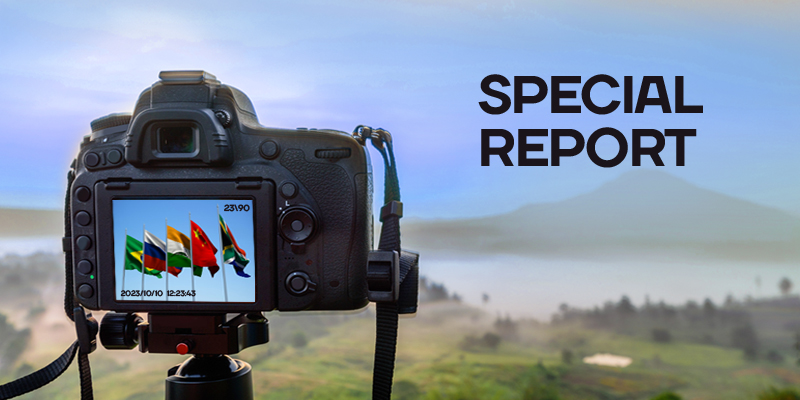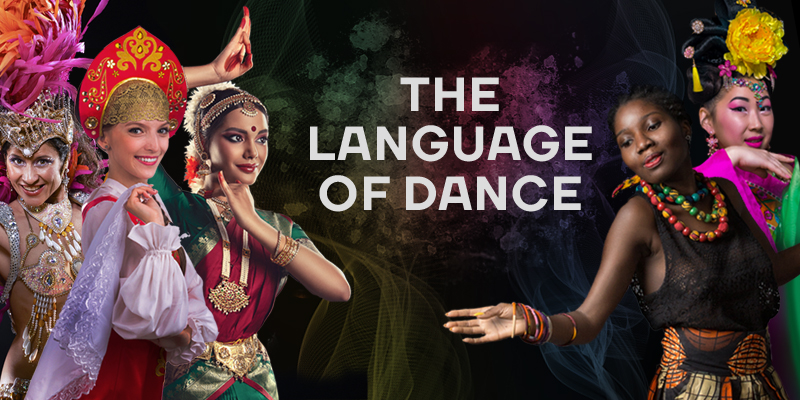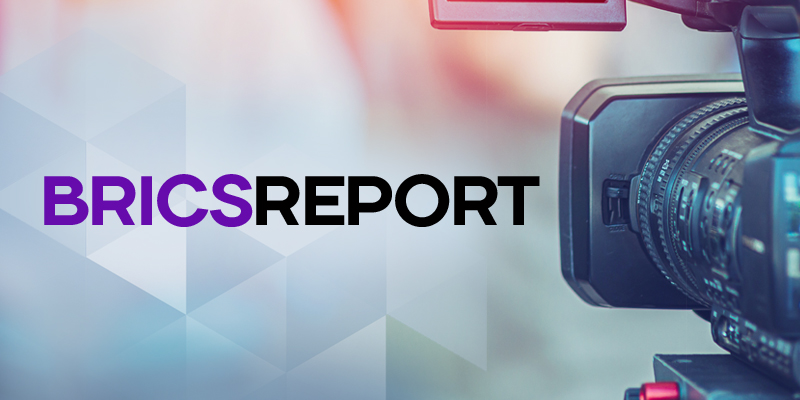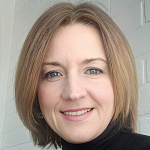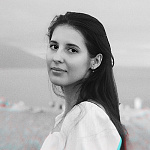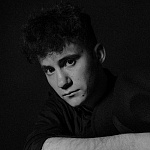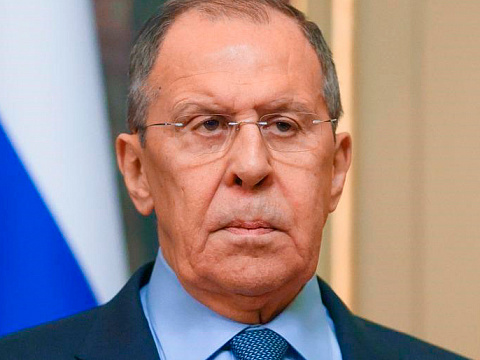Chinese medicine - Vera Terentyeva
Chinese medicine is an entire artform, because a doctor only needs to perform a few simple steps to assess the condition of all human organs and systems. It is believed that this way of interacting with the patient is much more effective than the results of tests or hardware examinations. This is how the term appeared, which includes four main methods of examining a patient - “望闻问切”.
Let us turn to a brief characterisation of each of the diagnostics. "望"(wàng) - examining, observing the colour of the face."闻"(wèn) - listening to tastes and odours."问" (wèn) - questioning the patient, finding out symptoms. "切 (qiè) is to feel the pulse.
Next, let's examine the entire process of assessing a patient step-by-step. At the examination stage, the doctor first of all examines the condition of the patient's skin, taking into account its moisture, shine, cleanliness. In Chinese medicine, there is even a separate classification of skin types by colour, each of which (red, yellow, blue, black, white) signals a specific disease. The colour allows the doctor to assess the condition of internal organs and blood without further investigations.

In addition, during the diagnosis, the specialist pays attention to the hair, teeth, lips of the person. By examining them, he can determine the diseases of the kidneys, spleen, track the dynamics of the disease. Tongue diagnosis deserves special attention. It is generally accepted that a normal tongue is a pale red colour with a thin white plaque. If there is any deviation in the colour or condition of the organ (smell, heavy plaque), we can talk about an ailment. It is important to mention that the tongue meridian is connected with every organ in one or another part, that is why by looking at it the doctor can determine the severity and duration of the disease and stop it at the root.
Information about the discharge also plays an important role in the examination of the patient.
The appearance of a specific odour, atypical consistency is a signal of deviation from the norm. A significant aspect of the first stage of the examination is the observation of the patient's mental state, referred to as "shen" - 神 (shén). "Shen" affects the quality of qi ( 气 - qì - mental strength) energy, the balance of yin and yang in a person. The doctor is able to determine the patient's well-being by facial expressions and movements, or even make a specific diagnosis. Thus, healthy people are characterised by clear vision, orderly thinking, natural facial expressions, quick reactions, radiant skin (mainly of the face), and a strong and agile body. Dull eyes, indifferent facial expression, confused thinking, slow reaction time, and dry skin are indicative of illness.
The doctor then proceeds to listening, not only to sounds but also to odours, so at this stage they concentrate on breathing, speech, coughing, vomiting, hiccups, intestinal noises and other. Although people have different timbres of voice, everyone has an even tone. The presence of changes in the patient's breathing, heaviness or hoarseness indicates indisposition. In addition, the appearance of bad breath, nausea, and stomach rumblings also signal that a person needs specialist help.
The next stage of examining the patient is palpation. First of all, this is palpation of the pulse (脉诊– màizhěn), which allows you to obtain accurate knowledge about the patient’s well-being. It is important to mention that this indicator is affected by the time of year, so in spring the pulse becomes more intense, and in autumn - superficial.

The examination is as follows: the doctor presses three fingers on the patient's wrist with varying force, each time holding for at least one minute. This allows him to assess the condition of organs and systems, the presence of chronic diseases, mental health. Chinese medicine identifies 28 types of pulse, five of which are the main ones: normal, superficial, deep, latent, slow. The complexity of this method is confirmed by the fact that only an experienced and wise physician is able to distinguish between all types of pulse.
It is noteworthy that European scientists conducted scientific studies that revealed that the results of pulse diagnosis coincide with the data obtained by measuring equipment. This fact once again proves the effectiveness and validity of the fourth stage of patient examination. The second method is to palpate the patient's body surface, tissues and joints. The doctor pays attention to indicators such as fullness and thinness, density, wetness or dryness of the skin, temperature, the presence of swelling, rashes or redness. The prevalence of cold or heat allows us to infer the state of qi energy and the balance of yin and yang.
In addition, the doctor necessarily palpates the abdomen, studying the degree of tension of the organs. Chinese medics know the points on the human body, pressing on which you can feel the disease, the absence of pain is the norm. The ideal abdomen is soft, with well-palpable organs and no lumps or hard masses. It is worth noting that this is a rare occurrence, as the stress experienced by a person during his or her life accumulates in this area, in addition to the disease.

The final stage is interviewing the patient. Having conducted all the necessary investigations on the first three stages, the doctor proceeds to a dialogue with the patient - anamnesis. Anamnesis is a set of information obtained during a medical examination by questioning the subject or persons who know him or her. It is important to ascertain the history of life and disease. In addition, the doctor should ask the patient leading questions about certain organs, parts of the body to determine a specific diagnosis and prescribe a treatment plan. In the course of examination, palpation and listening, the doctor obtains the first information about the possible disease of the patient, and at the last stage he must verify his own assumptions by questioning the patient.
Chinese medics offer an atypical plan for European countries to work with a patient to identify diseases. The success and quality of the patient's examination largely depend on the qualification, knowledge and experience of doctors, which is why we can talk about the power of Chinese medicine. By attending to the person at the earliest stages of an ailment, it is often possible to prevent the disease in its early stages and keep it from developing.
Photo: istockphoto.com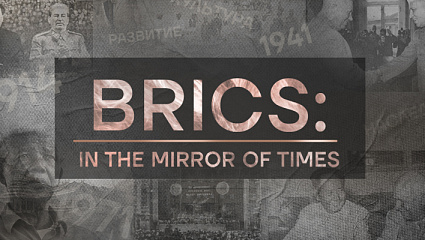
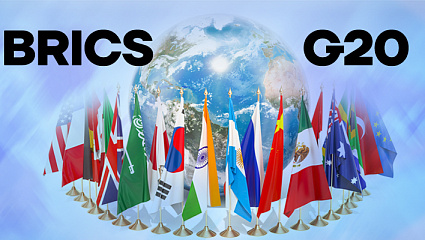
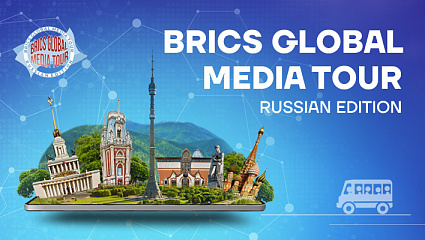




 DIGITAL WORLD
DIGITAL WORLD









